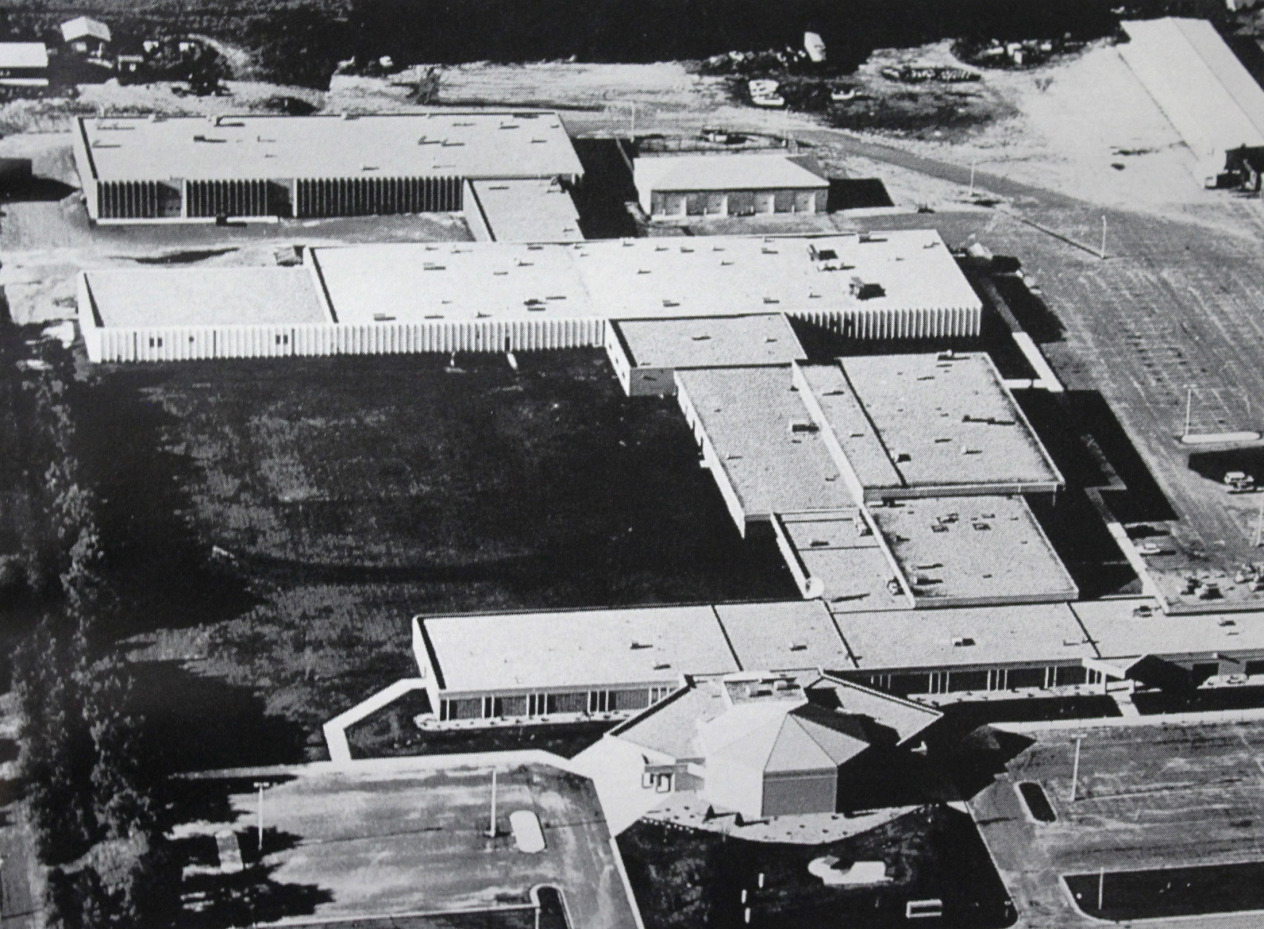Title
Course Descriptions
Body
Sections
Filters
Credits:
1 (1/0/0)
This course introduces the student to the dental specialties of pediatric dentistry, periodontics, oral and maxillofacial surgery, endodontics, orthodontics and prosthodontics, both fixed and removable. This course will provide the student with an introduction to the clinical procedures with each of the specialties listed. Students will research various dental assisting specialties by interviewing dental assistants in specialty practices.
Credits:
1 (0/1/0)
This is a lab course which provides opportunities for the student to work with tooth identification and charting systems, intraoral imagery and occlusion assessment. Special topics include survey of dental anomalies and cavity classifications.
Credits:
2 (2/0/0)
This course covers the study of hard and soft tissues of the head and neck including the skeletal, muscular and nervous systems, with particular emphasis on the masticatory system.
Credits:
2 (2/0/0)
This course covers the study of the microscopic anatomy of the oral tissues and the embryonic development of the face and oral cavity with emphasis on the masticatory system.
Credits:
2 (0/2/0)
Dental Hygiene students will be introduced to techniques and processes for exposing digital full mouth series and extra-oral digital radiographs on skulls, manikins and patients. Students will utilize these techniques and processes to expose digital radiographs and evaluate them for diagnostic value according to M State Dental Criteria for Radiographic Acceptability.
Credits:
2 (2/0/0)
This course introduces the student to dental hygiene with emphasis on theory of preventative dentistry, OSHA standards, disinfectant/sterilants, formation of plaque and calculus, patient assessment and an introduction to the caries process and periodontal assessment.
Credits:
3 (0/3/0)
This course provides an introduction to dental hygiene with emphasis on the practice of preventive dentistry, care and use of equipment, sterilization techniques and an introduction to instrumentation.
Credits:
1 (0/1/0)
Dental Hygiene students will be introduced to techniques and processes for exposing digital full-mouth series and extra-oral digital radiographs on skulls and manikins. Students will utilize these techniques and processes to expose digital radiographs and evaluate them for diagnostic value according to M State Dental Criteria for Radiographic Acceptability.
Credits:
1 (0/1/0)
Dental Hygiene students will be introduced to techniques and processes for exposing digital full-mouth series and extra-oral digital radiographs on skulls, manikins and patients. Students will utilize these techniques and processes to expose digital radiographs and evaluate them for diagnostic value according to M State Dental Criteria for Radiographic Acceptability.
Credits:
2 (2/0/0)
This course covers the study of general processes as well as oral disease processes. Special emphasis is placed on clinical and radiographic recognition of pathology of the oral cavity.
Credits:
4 (4/0/0)
In this course, students will continue their study of the dental hygiene process of care introduced in DNHY 1110, focusing on dental hygiene diagnosis, care planning (including patients with special needs) and non-surgical periodontal therapy.
Credits:
5 (0/5/0)
This course is a continuation of DNHY 1112, Dental Hygiene Practice I, and introduces the student to further instrumentation theory, instrumentation techniques and procedures, clinical protocol, evaluation of medical/dental histories and radiographic surveys as prescribed by a dentist. This course provides opportunity for the student to develop competence in clinical procedures.
Credits:
2 (0/2/0)
This course provides the dental hygiene student with the knowledge and skills necessary to administer local anesthesia and other methods of pain control during dental procedures without inducing detrimental physiological side effects.
Credits:
1 (1/0/0)
In this course, students will study the Minnesota Board of Dentistry delegated procedures for dental hygienists. Topics include intra-oral/extra-oral photography, enamel sealants, periodontal dressing placement, bleaching agents, suture removal and gingival displacement.
Credits:
1 (0/1/0)
This lab course is a continuation of DNHY1123 with emphasis on Minnesota Board of Dentistry allowable procedures for dental hygienists.
